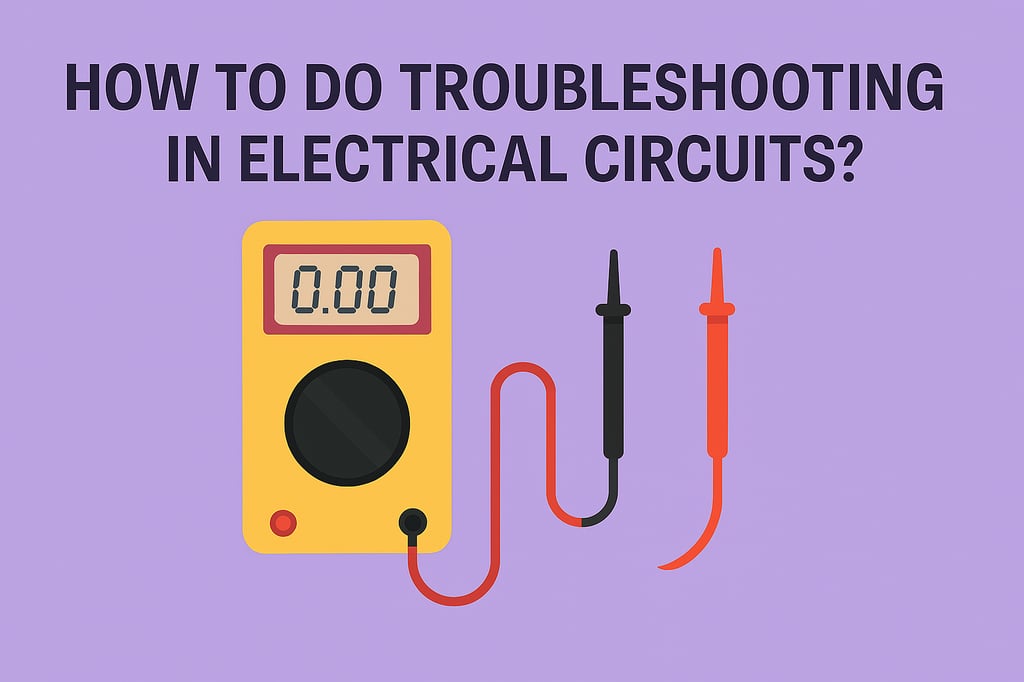How to Do Troubleshooting in Electrical Circuits?
Learn how to troubleshoot electrical circuits by identifying faults, checking connections, and using basic tools for safe and effective diagnosis.


Learn how to troubleshoot electrical circuits by identifying faults, checking connections, and using basic tools for safe and effective diagnosis.

